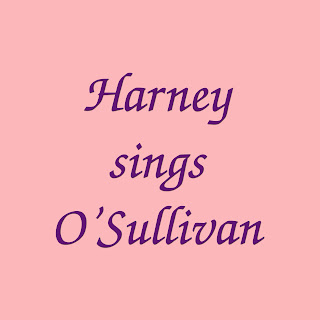I took my Brontë Studies + Diaspora Studies presentation for an outing, Monday July 1, at the Bradford Literature Festival.
https://www.bradfordlitfest.co.uk/event/lunch-bite-those-incomers-the-brontes/
It went down well. Of course I had shaped it for that day's target audience.
In the event I was assigned a shorter time than originally planned - always the way with festivals. We must go with flow, think on feet.
So... Outline the method and apply the method to the Brontë material, giving detailed examples. We map Diaspora Studies across Brontë Studies.
And abandon some sections. I abandoned the section on Terry Eagleton, and the section on The Piano.
Sad about that - the research material on Diaspora Studies + The Piano needs developing.
Did you know that the Brontës had a piano?
Retained the section on Tuberculosis, which worked well with this audience. Very moving - and, of course, we have all been through the Covid crisis. Terrible to say out loud, but Ireland and the Irish do have a special relationship with Tuberculosis. It is there in the experience, it is there in the research record. We have done the work.
And - reaching for an example of Diaspora at Work - I turned to my own bookselves. And took down my copy of...
MacDonagh, Donagh, and Lennox Robinson. 1959. The Oxford Book of Irish Verse. Oxford: Clarendon Press.
And re-read Donagh MacDonagh's definition of an 'Irish' writer, p xvii. And there, in that version of The Oxford Book of Irish Verse, is Emily Brontë, pages 72-77.
I can remember exactly when I bought that copy of MacDonagh and Robinson - it was in 1963, in my First Year at New College, Oxford.
As to Brontë + Diaspora... I am not sure about the next steps. I have far too much material for a simple presentation, but the material is now in a tidy state - and, thanks to my efforts last Monday, I now have a much better understanding of my own thought processes. If you see what I mean... Certainly I will tidy the notes and references. The whole thing is well grounded in the research material.
This is, of course, the sort of thing I should be doing, in my role as Visiting Professor of Irish Diaspora Studies, London Metropolitan University - it is the sort of thing we planned when we first discussed the role. But I have gone on long enough, on this blog, about vicissitudes...
In my presentations on Monday I did thank all the individuals and organisations - especially here in Yorkshire - that help us to think about the Brontës, and their importance in world culture. Almost any thought we have can be followed into the research material. ALMOST any thought. With the usual cautions. But I wish that every research area that Diaspora Studies requires us to explore had such research resources.
Having thanked so many already... I want especially to thank, here, Aidan Enright, now based at Leeds Beckett University, my friend and colleague here in Bradford - who encouraged me to organise my Brontë material. And I thank Lizzy Newman, Creative Producer, Bradford Literature Festival.
Patrick O'Sullivan
Visiting Professor of Irish Diaspora Studies, London Metropolitan University
July 3 2024




